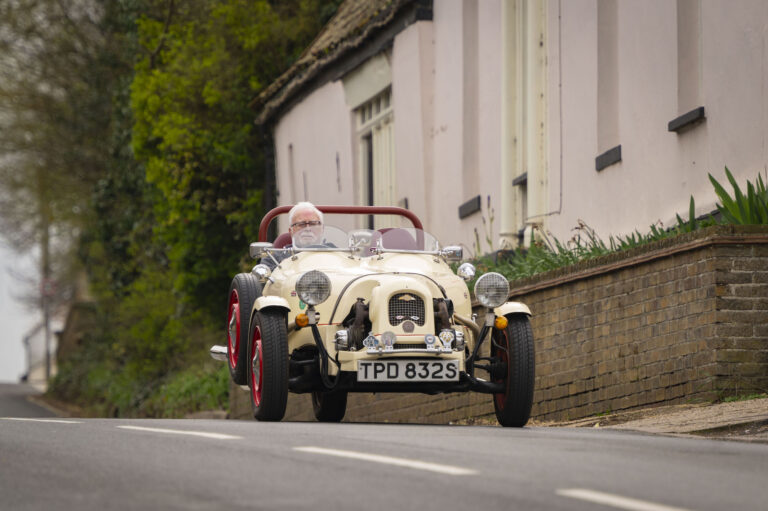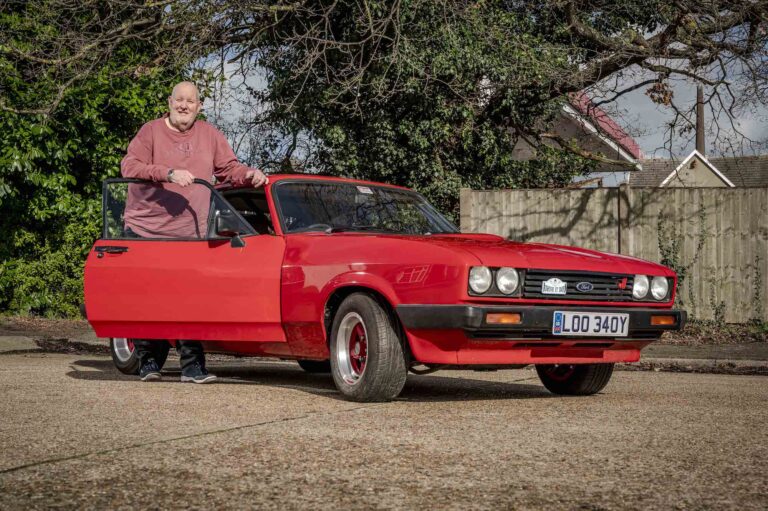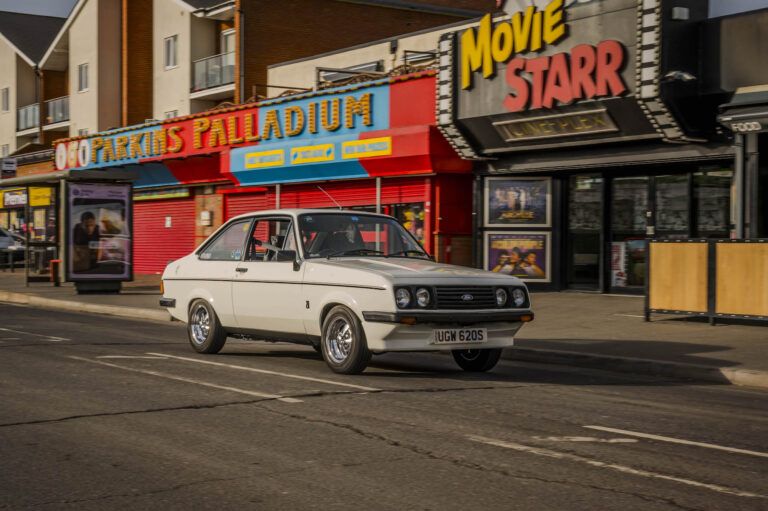Tony Cole has probably done more than any one man to keep BMC’s rust-stricken ADO16 series of cars on the road – including his own 49-year-old, much-travelled Wolseley 1100.
Once Britain’s best-selling car, with 2.1m units sold between 1962 and 1974, the various badge-engineered iterations of Sir Alec Issigonis’ masterpiece were often scrapped when just a few years old thanks to rampant tin worm.
But Tony, now 73 and a lifelong devotee of the little car that rewrote the family motoring rulebook, estimates he’s saved about 200 examples from an early grave – including the ultra-rare Wolseley he’s owned from new and driven for a staggering 249,000 miles, further than the distance to the moon.
His own ADO16, which stands for Amalgamated Drawing Office project number 16, has seen action as an AA patrol car and a daily driver, with trips to France, Italy, Austria, Spain, Scotland (towing a caravan) and the Isle of Wight under its belt.
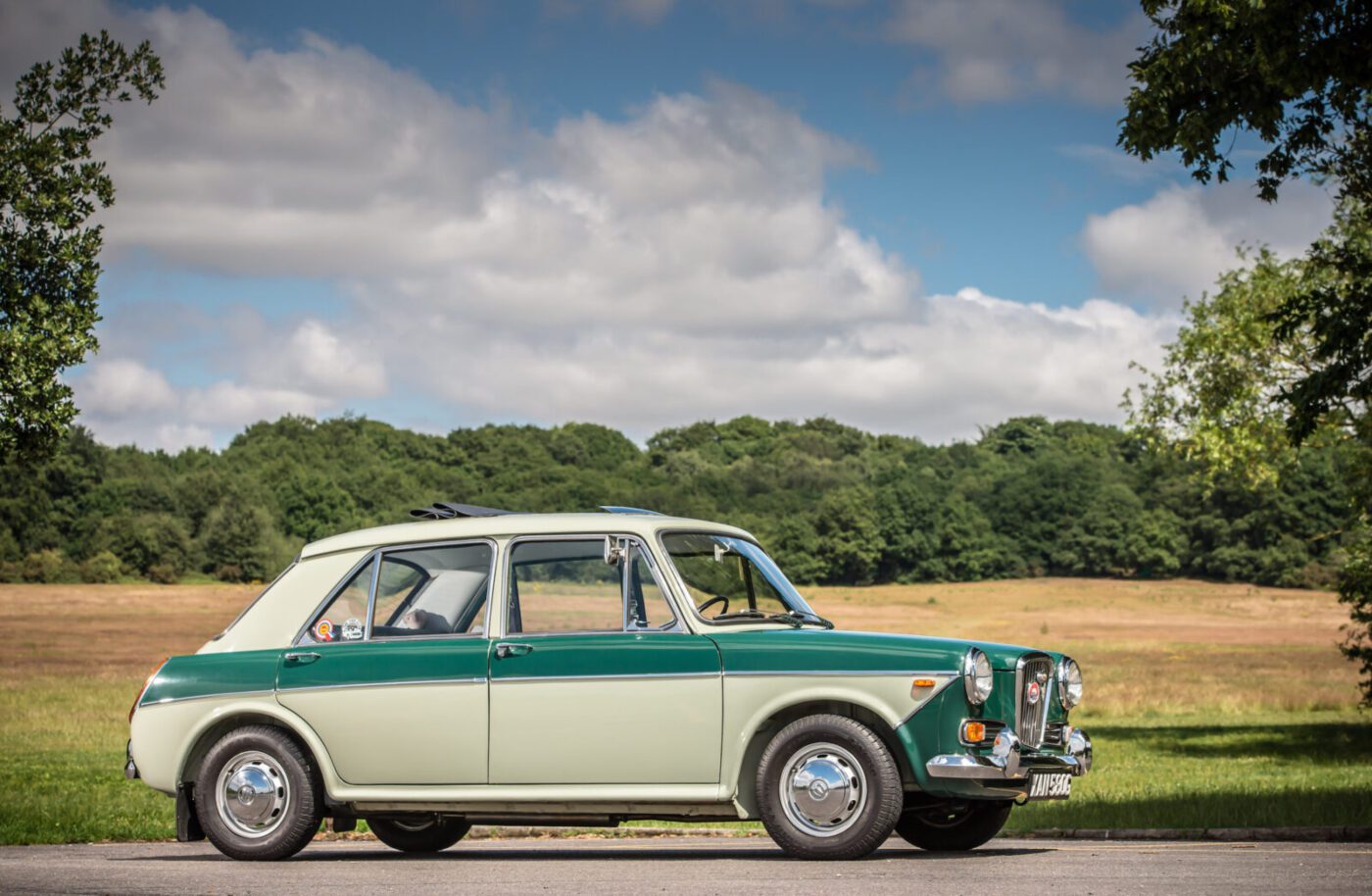
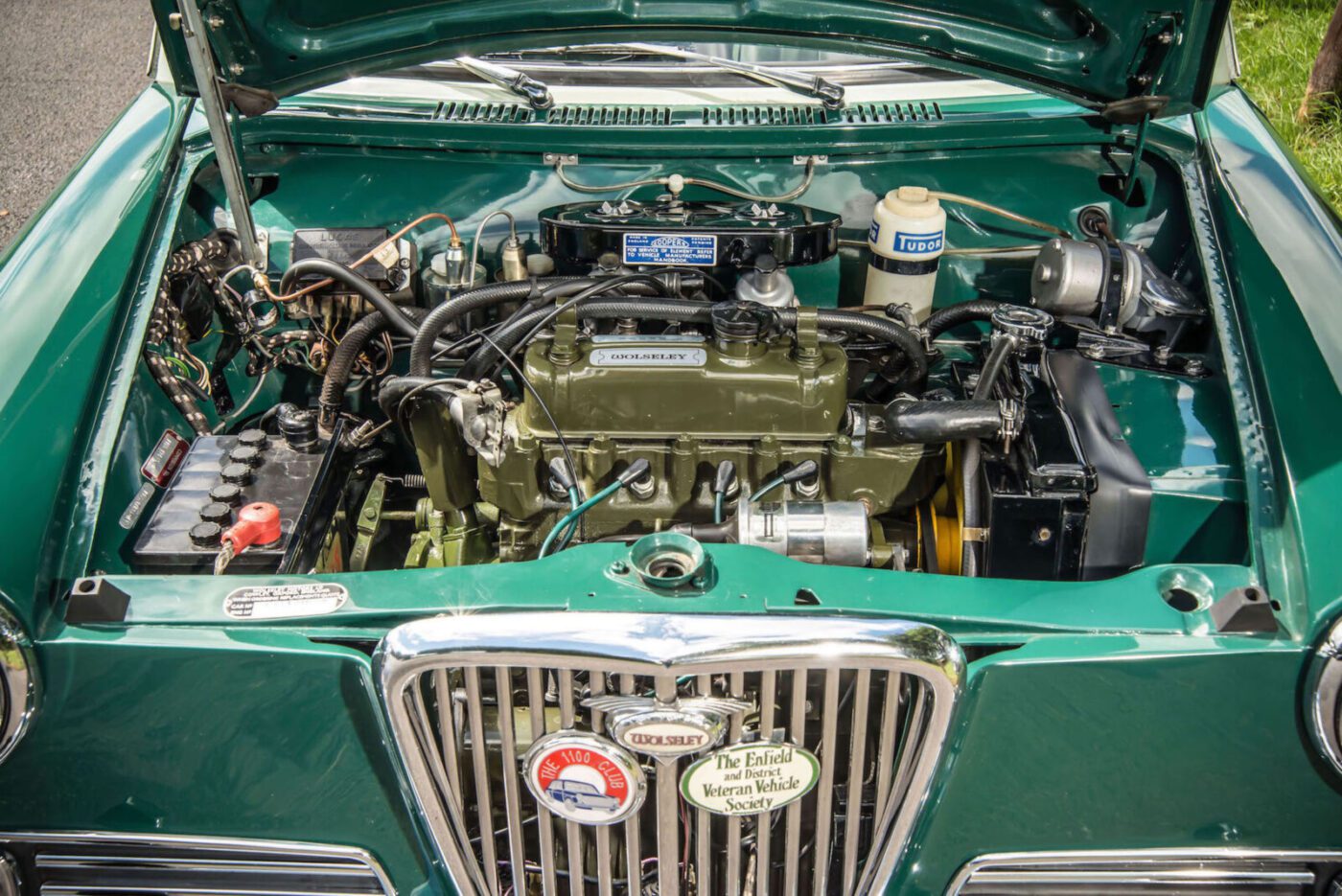
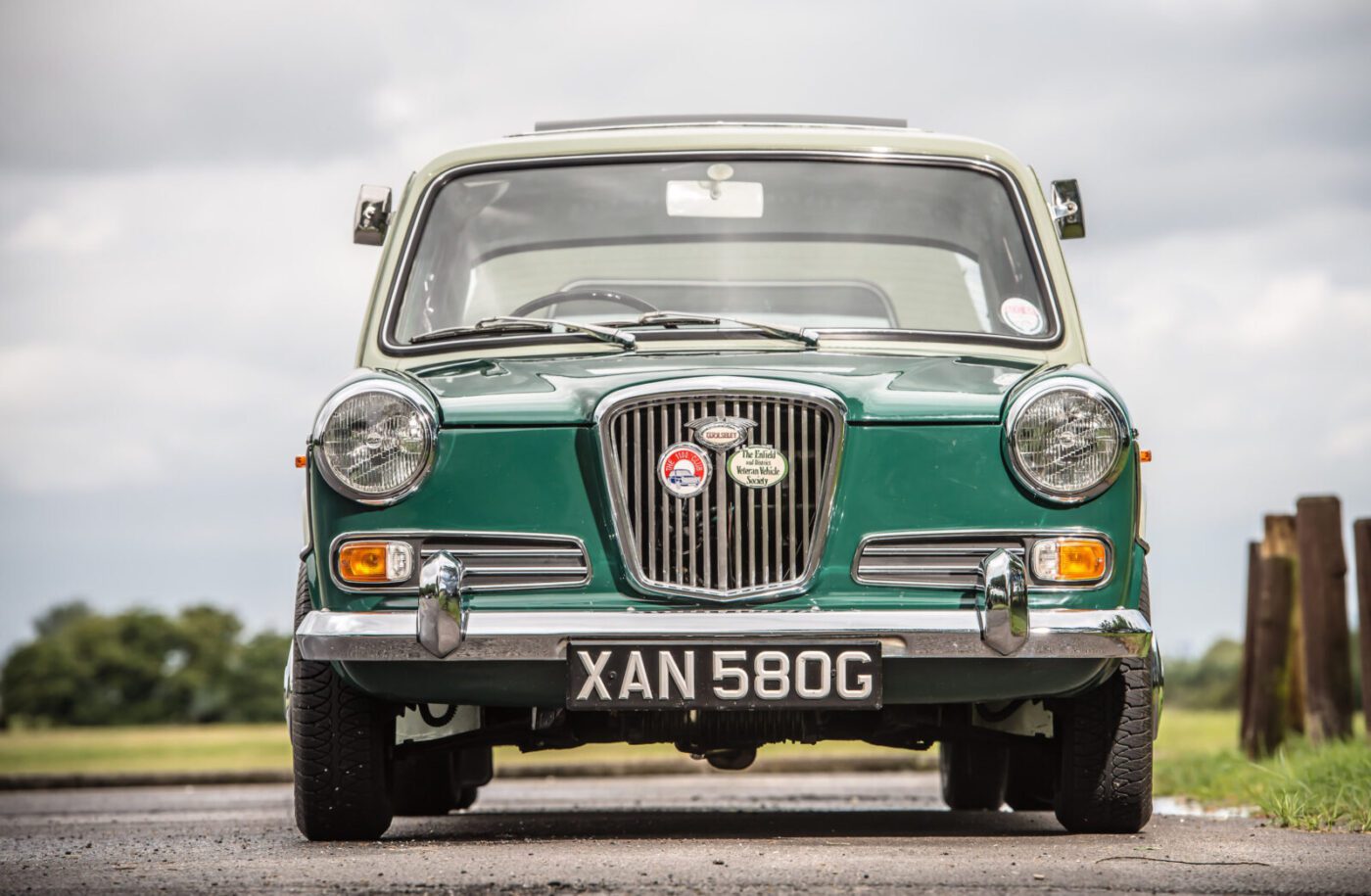
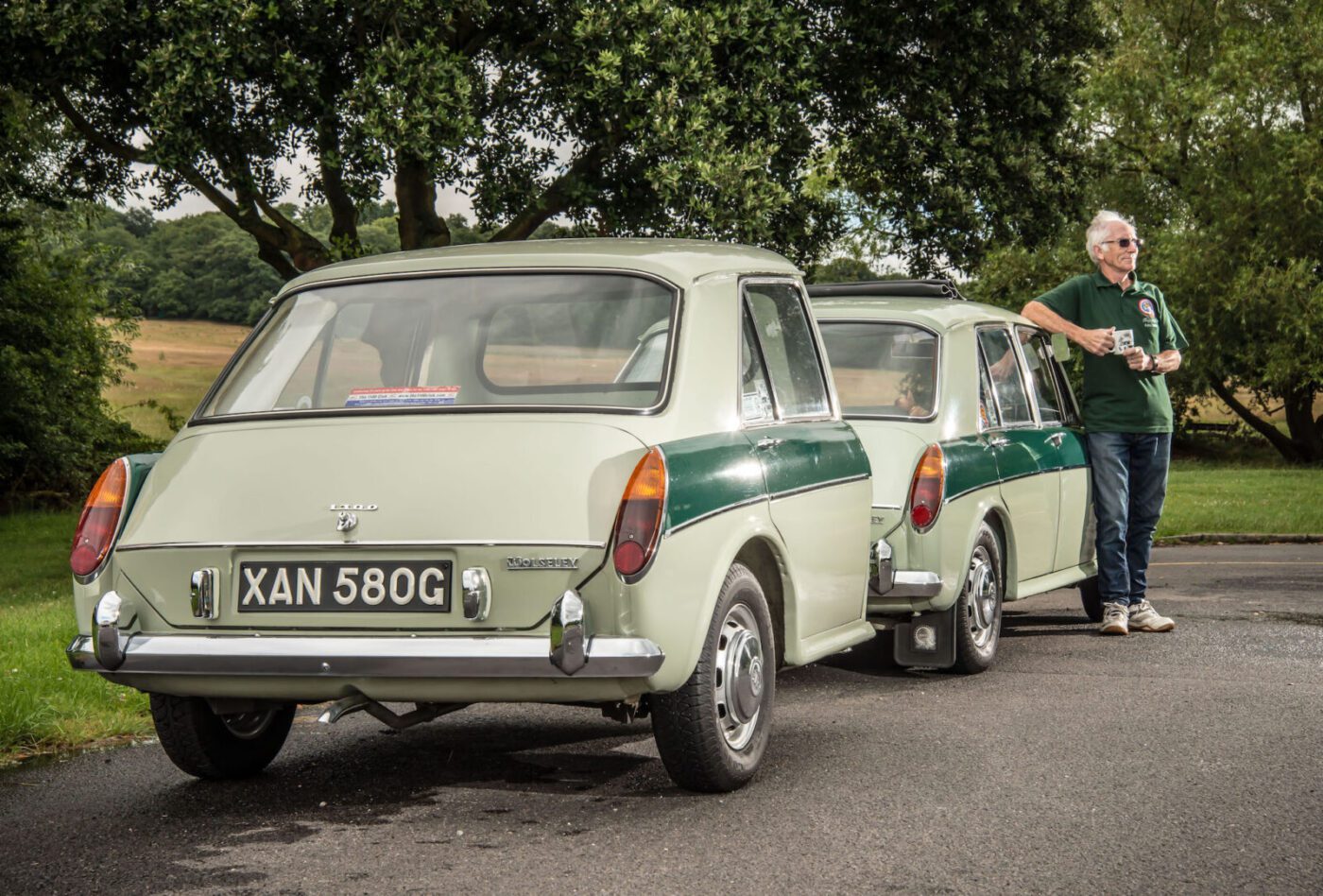
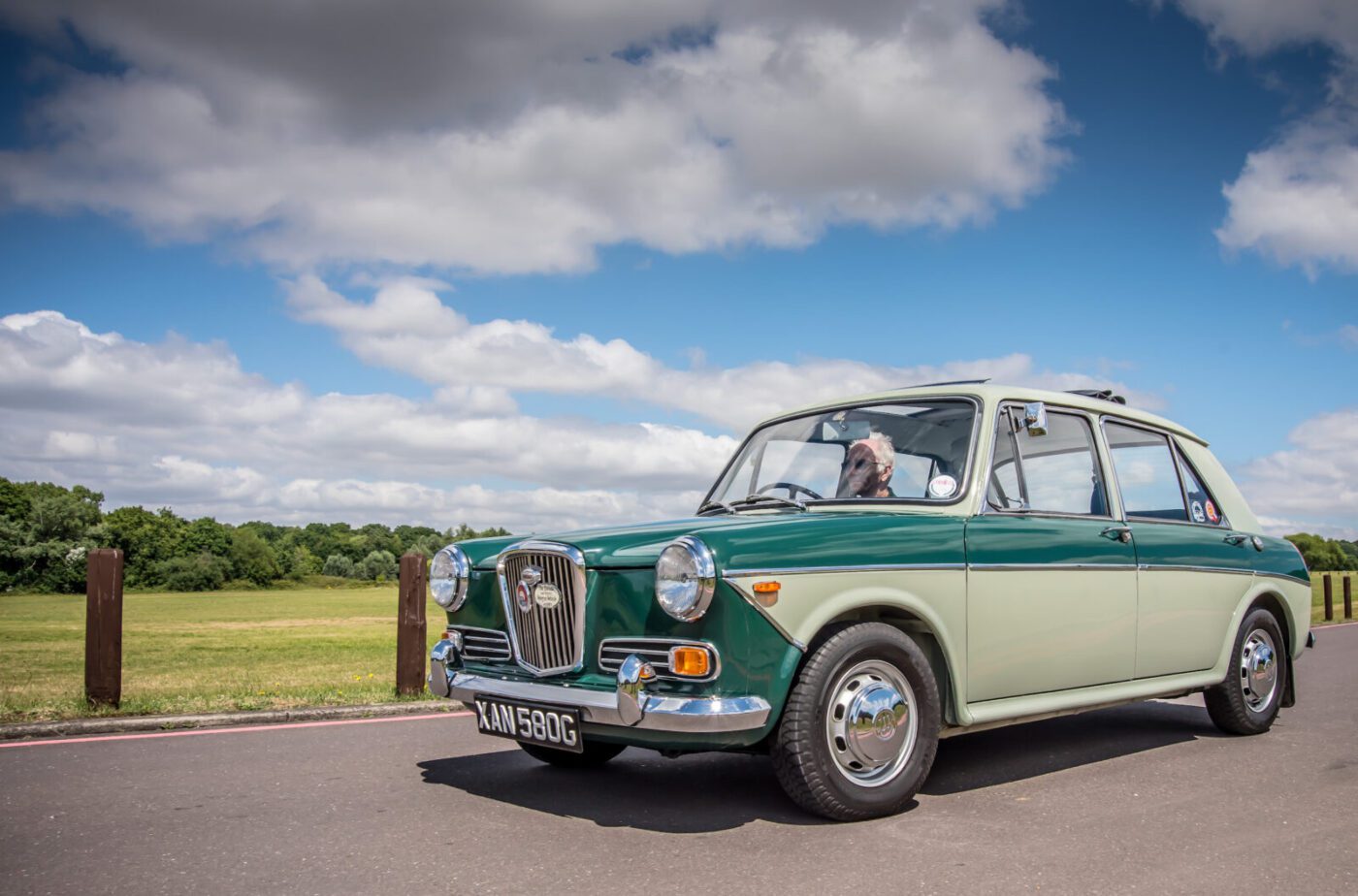
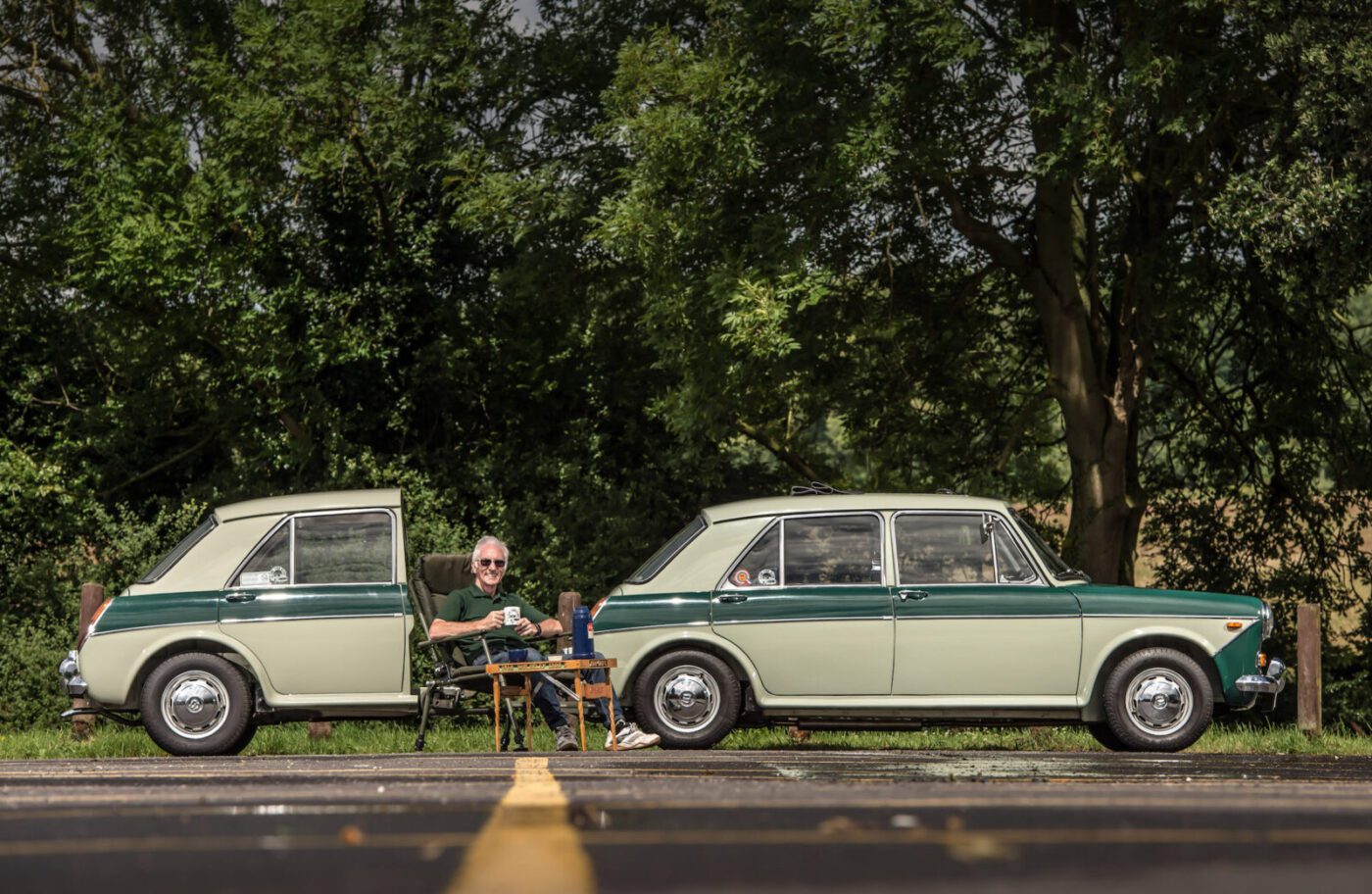
You might as well have a new one for £400
“They were known for their rust, that’s why a lot of them got scrapped,” says Tony, who runs the Essex branch of the 1100 Club.
“Often, after a couple of years the sills would need welding, and welding was expensive in those days. To have all the sills replaced was about £250 and you might as well have a new one for £400 and the other one goes to scrap.
“Over half of them went like that. You’d take the main sill cover off to find out what the main bar is like, and if that’s gone it will fall in half, lying on the road like a banana with a broken back. At least 1million got scrapped that could have been repaired and saved but for the cost.”
READ MORE ABOUT SOME OF OUR GREATEST CLASSIC CARS WITH

A series of articles on our Cult Classics site.
Which is exactly what Tony did, saving 30 to 40 cars direct from the scrapyard, and totally rebuilding his own car when close investigation in the 1990s revealed potentially catastrophic rot.
“When it got to 213,000 miles it dropped on to three cylinders. Number three piston had broken, so out came the engine,” says Tony, from Chigwell.
“I stripped the engine and gearbox, rebuilt the whole lot and put it back together. When I put it back in the car I thought ‘hmm’, while I’d been getting in and out of it with wet shoes on the floorpan had just gone.
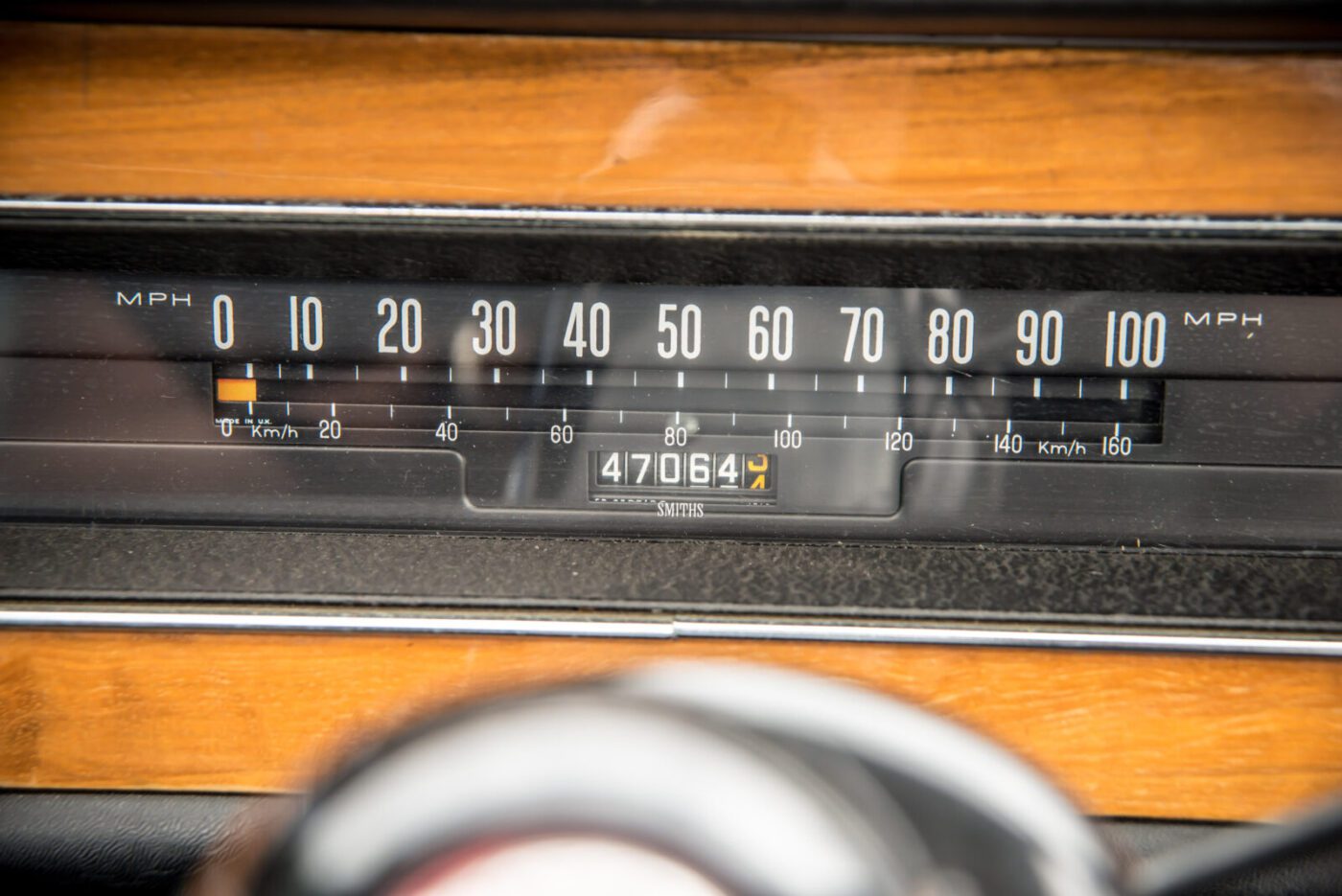
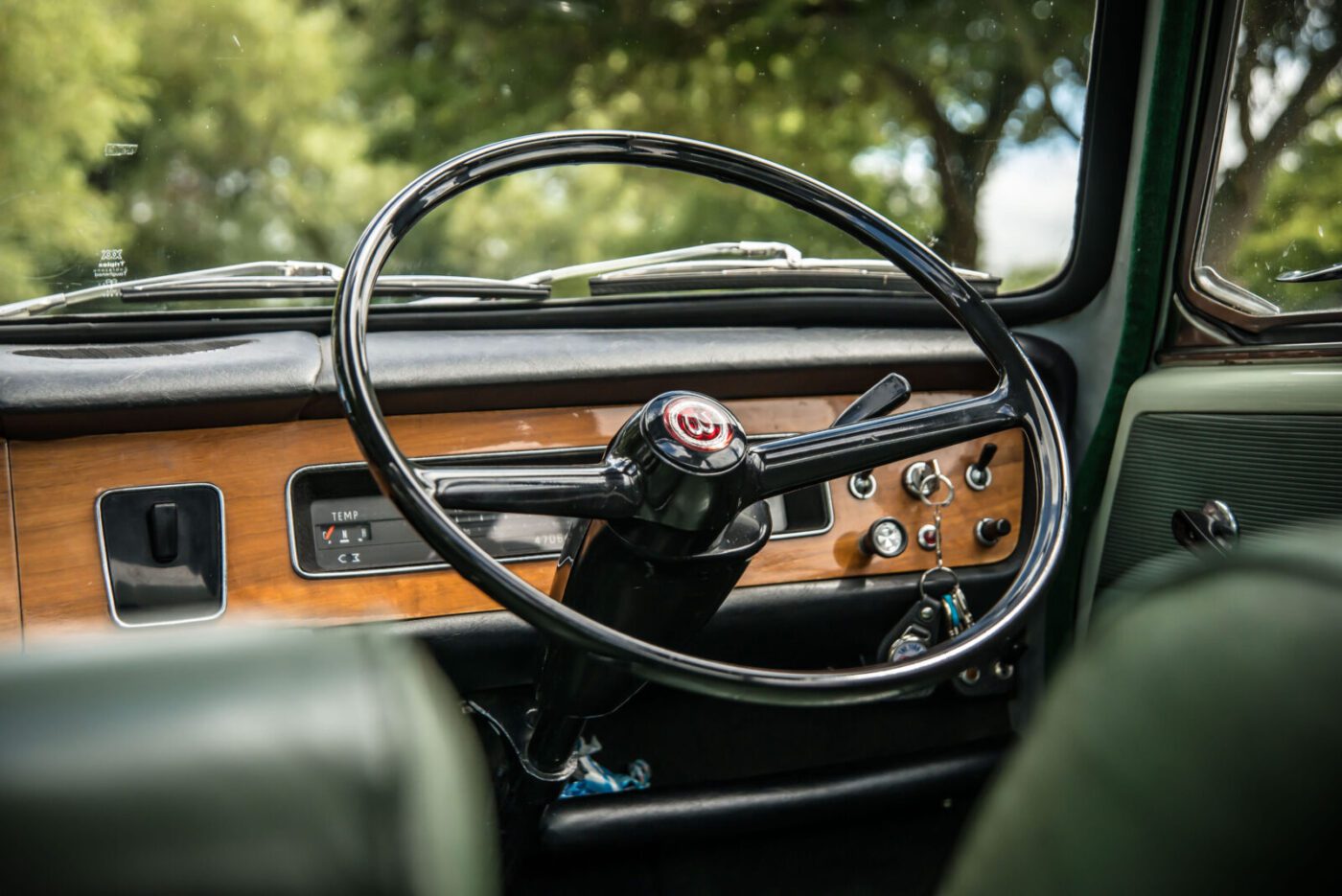
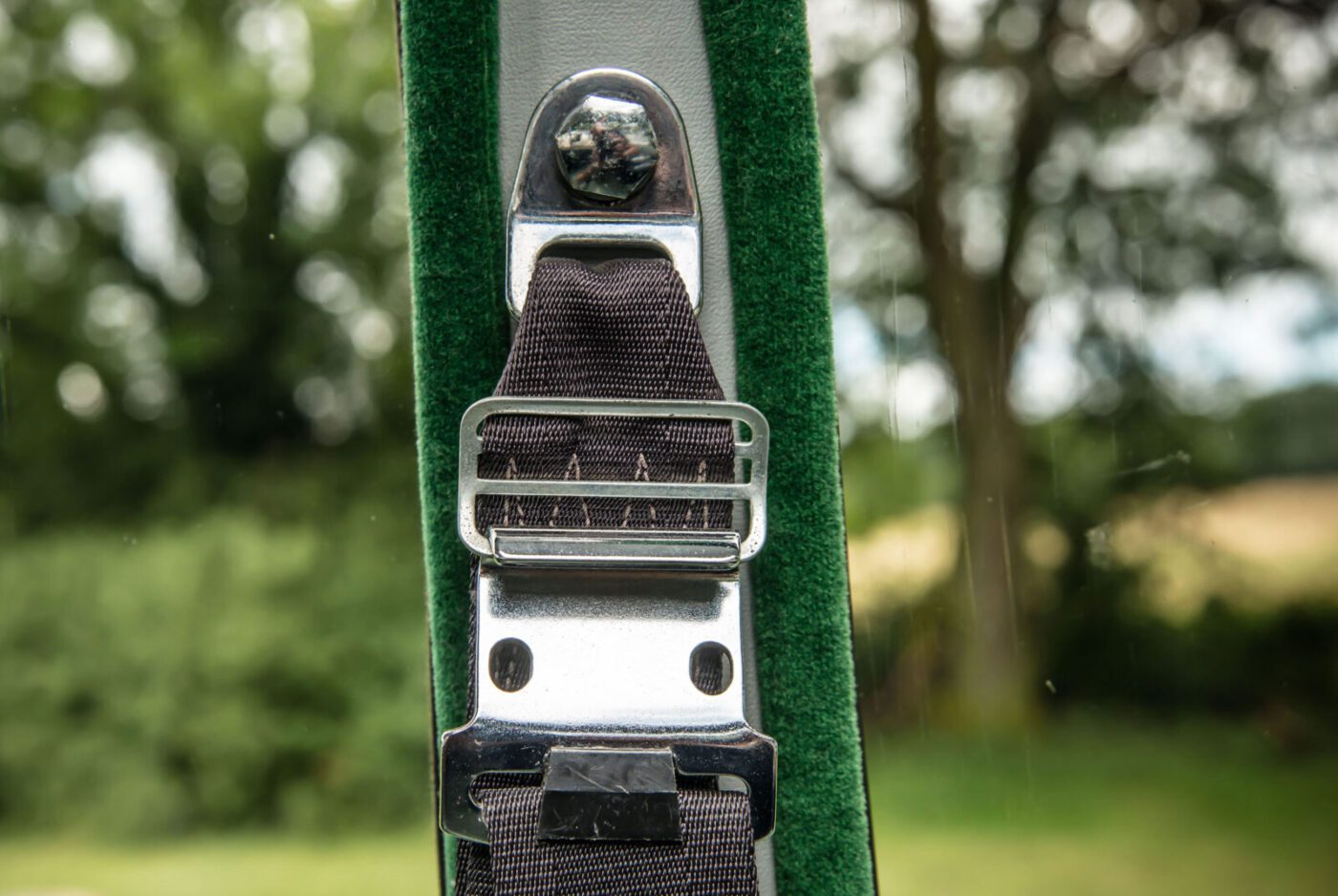
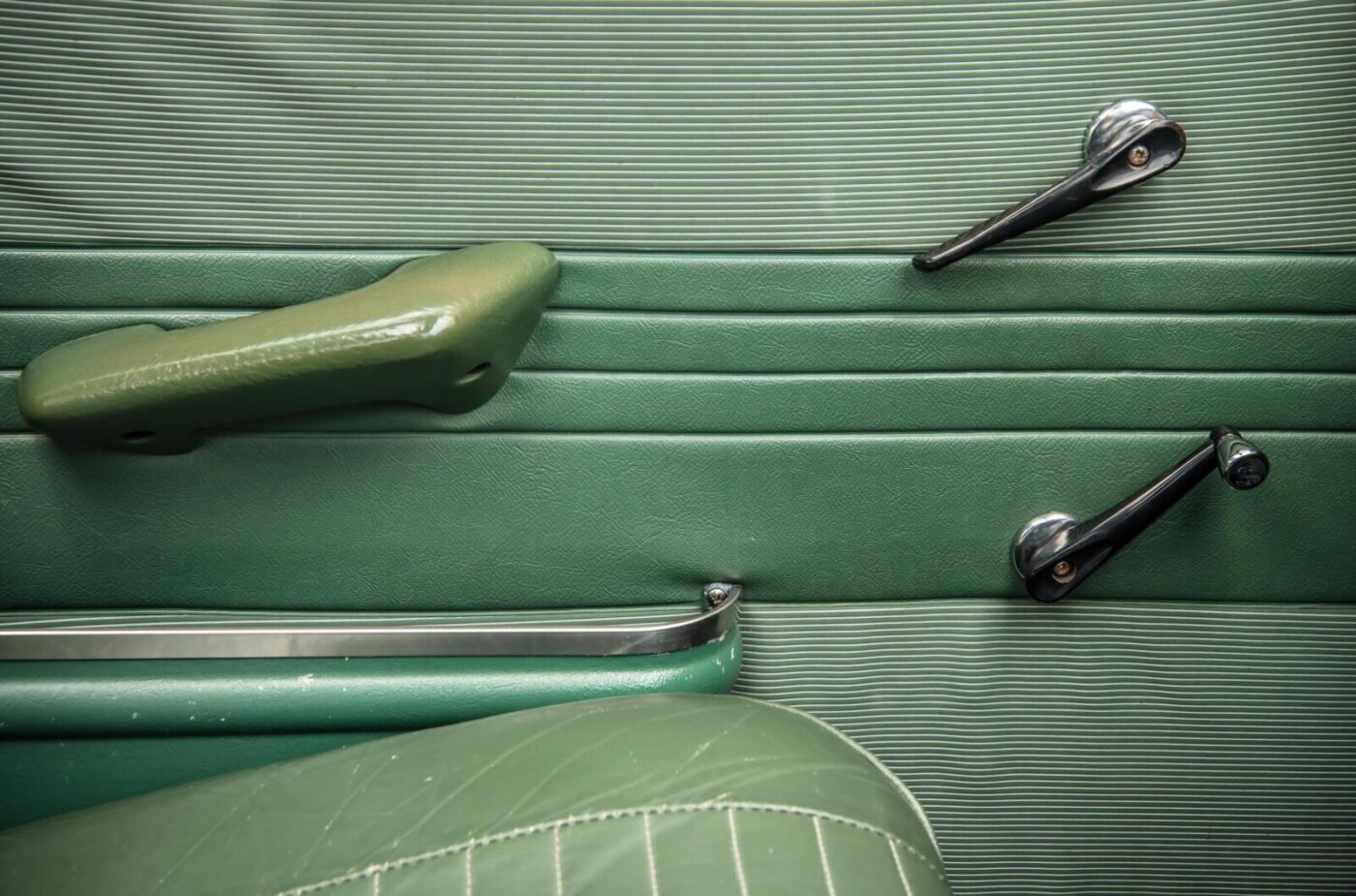
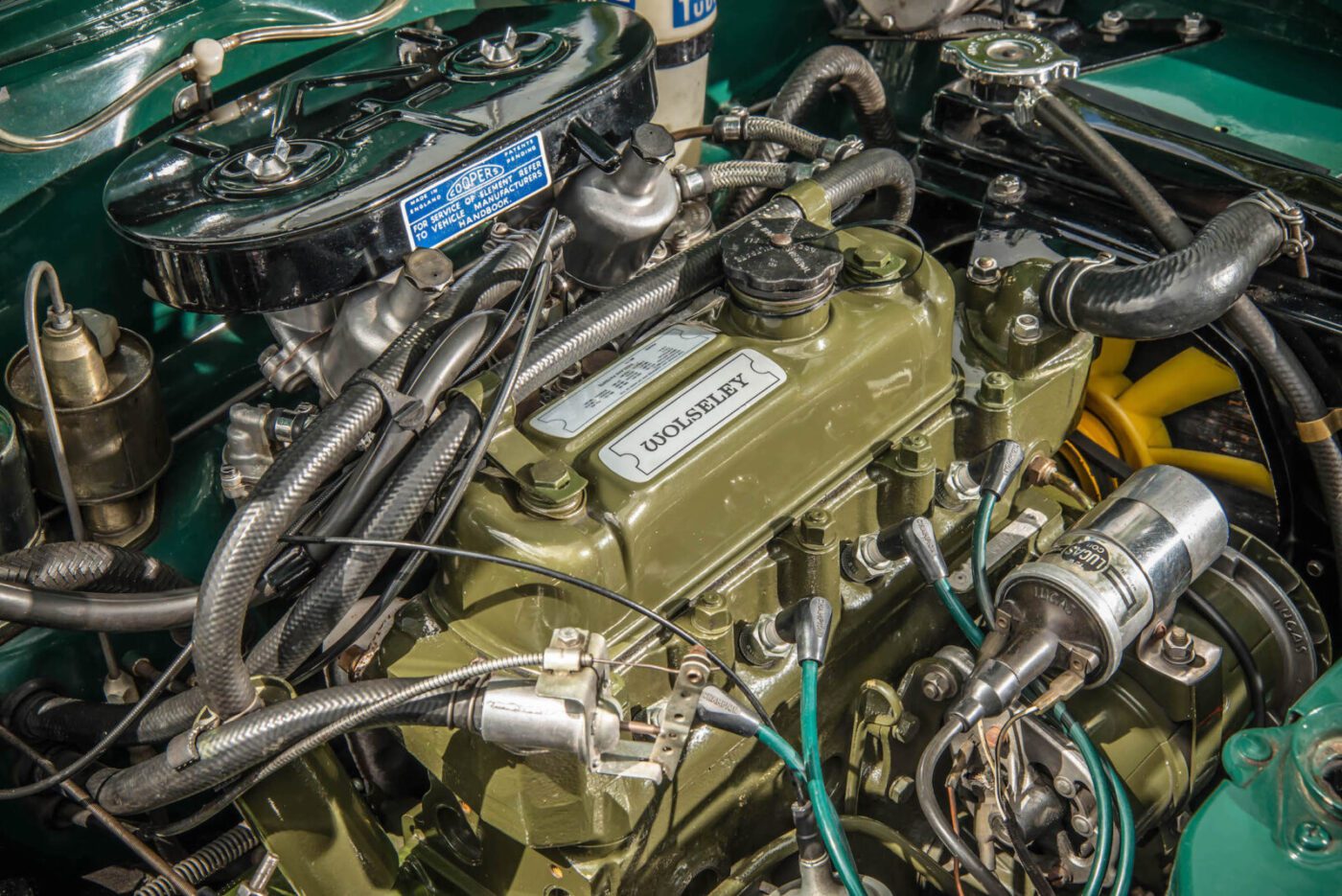
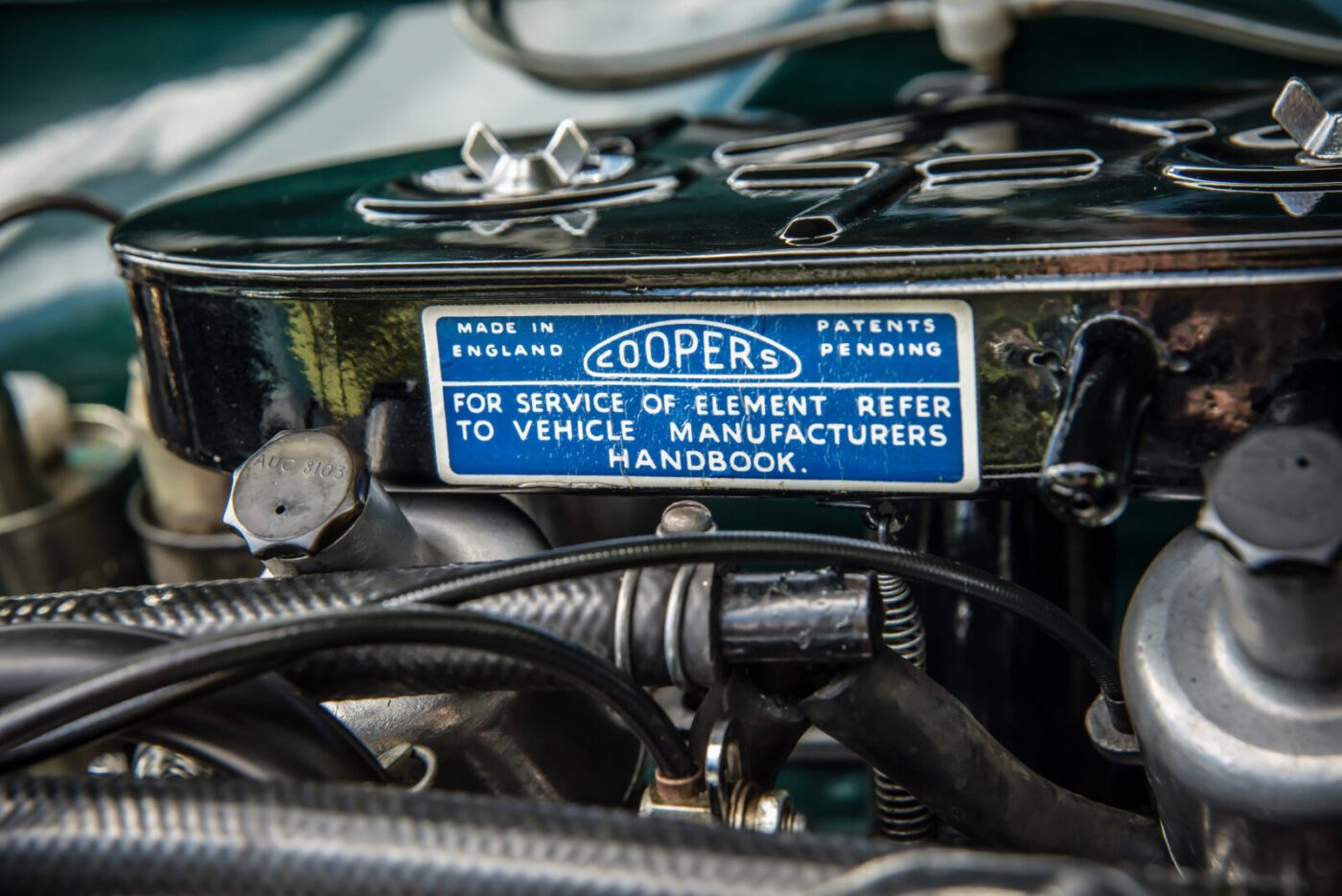
It took me eight years to totally rebuild it
“I had previously welded in a 2ft 6inch square that was falling apart. All the subframe and sills were going, so I rebuilt it. I joined the club and bought spares. It took me eight years to totally rebuild it.”
In less experienced and committed hands, the Wolseley would have simply been another sad statistic, another rot-ruined 1100 lost to history.
But giving up on the car, or almost any other of its type, was not an option for Tony.
“I used to rescue them from scrap yards and rebuild them, get them an MoT and sell them on to keep them on the road,” he says.
81.5% of customers could get a cheaper quote over the phone
Protect your car with tailor-made classic car insurance, including agreed value cover and discounts for limited mileage and owners club discounts

“I probably did 30 to 40 1100s and 1300s that way and, overall, I’ve probably done up 200 so I know them inside out.”
Tony bought the Wolseley back in 1968, his first new car, while working as a mechanic at a Morris dealership that also ran a driving school.
When the driving school decided to swap its Morris Minors for 1100s, it was love at first sight.
“When the 1100s came out in 1962 we changed over from Minors to 1100s, and put 10 red cars on the road the day they were released,” says Tony.
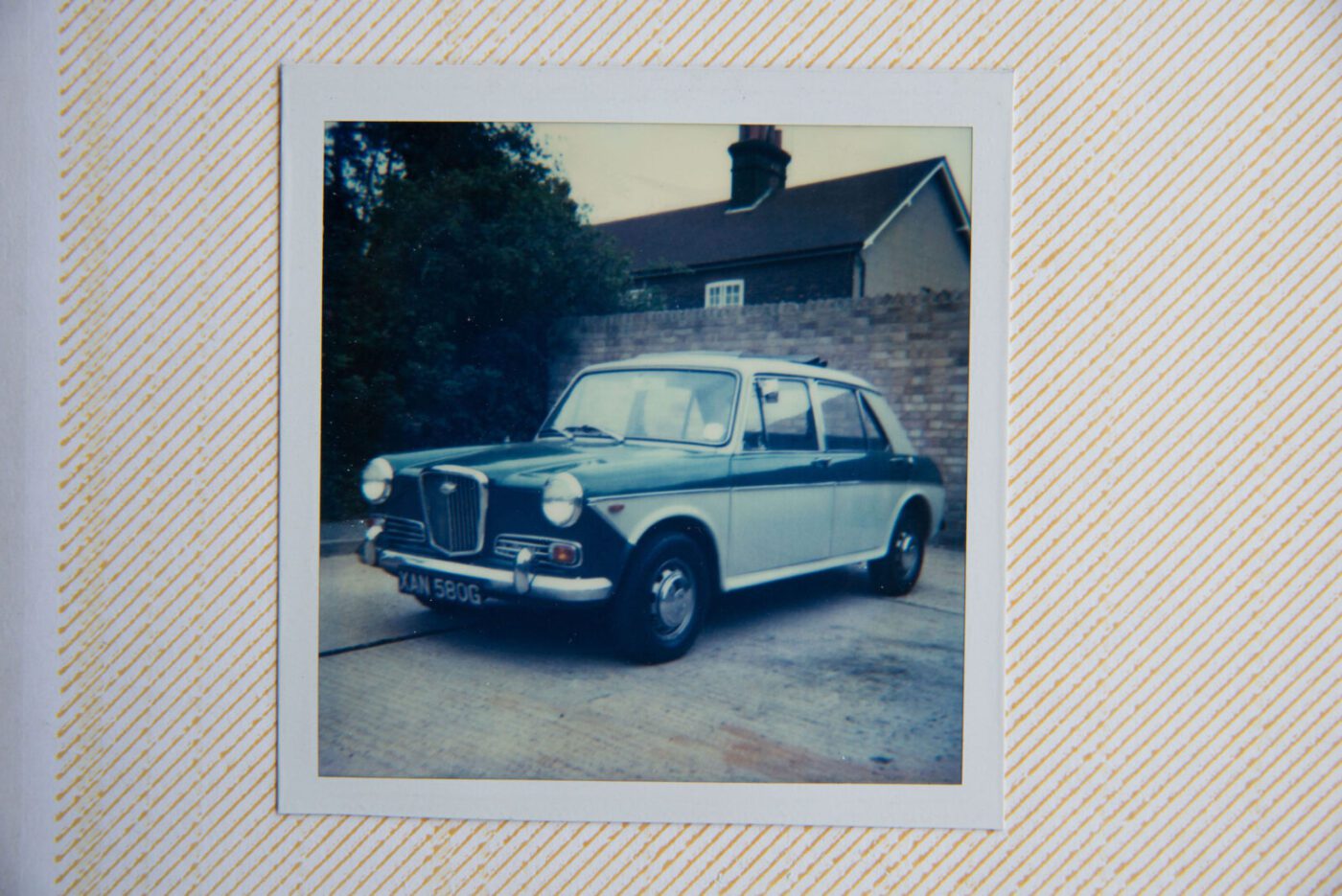
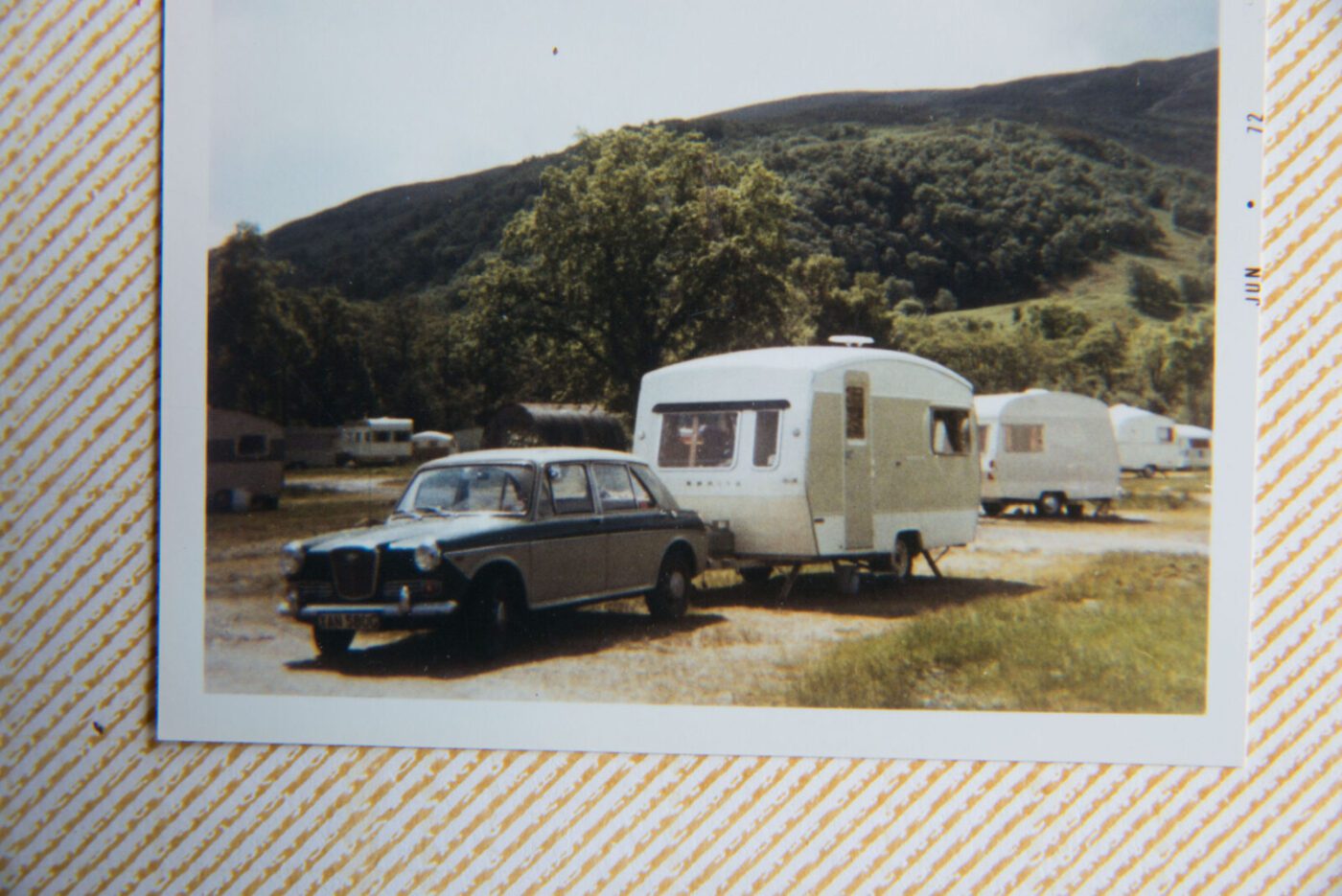
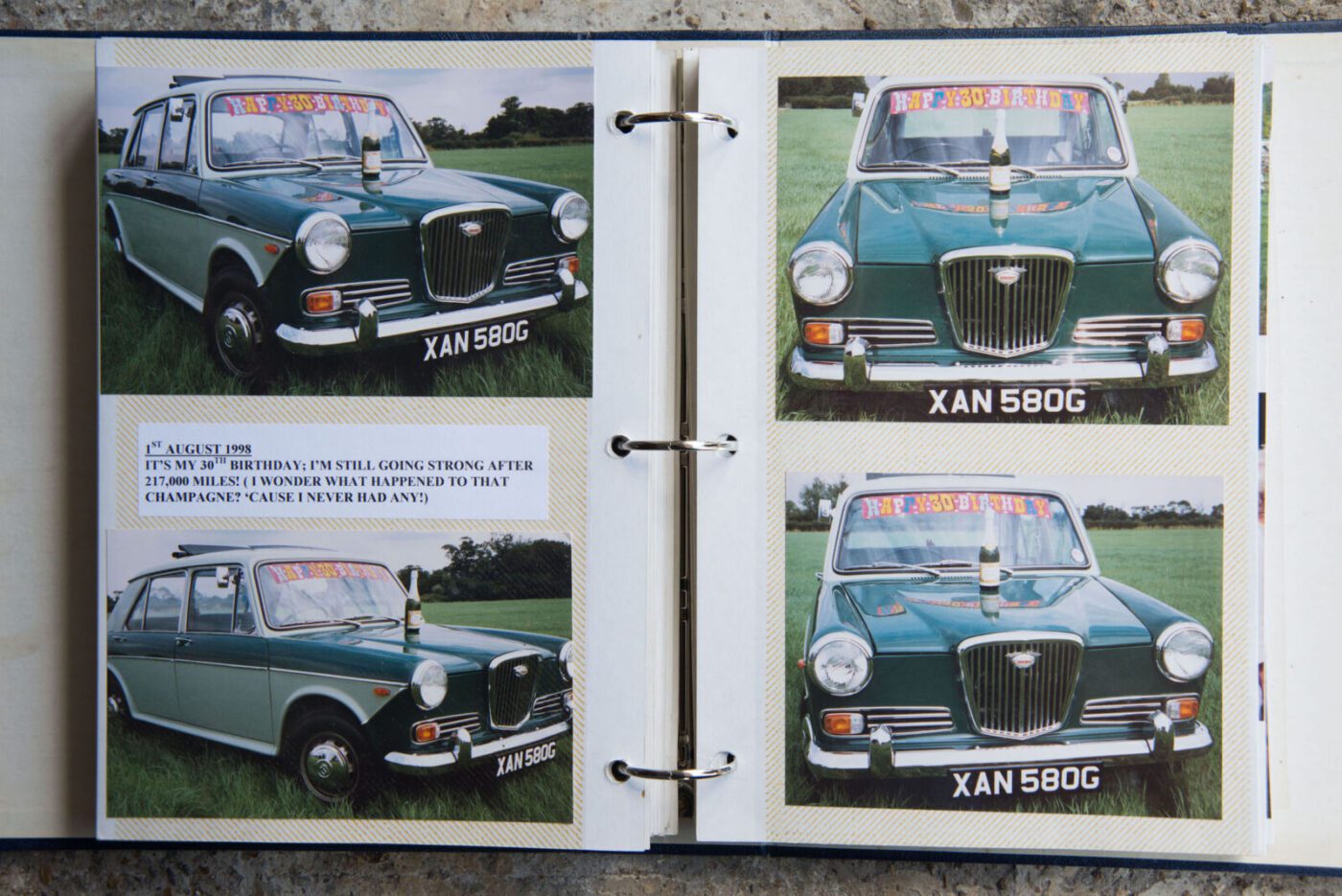
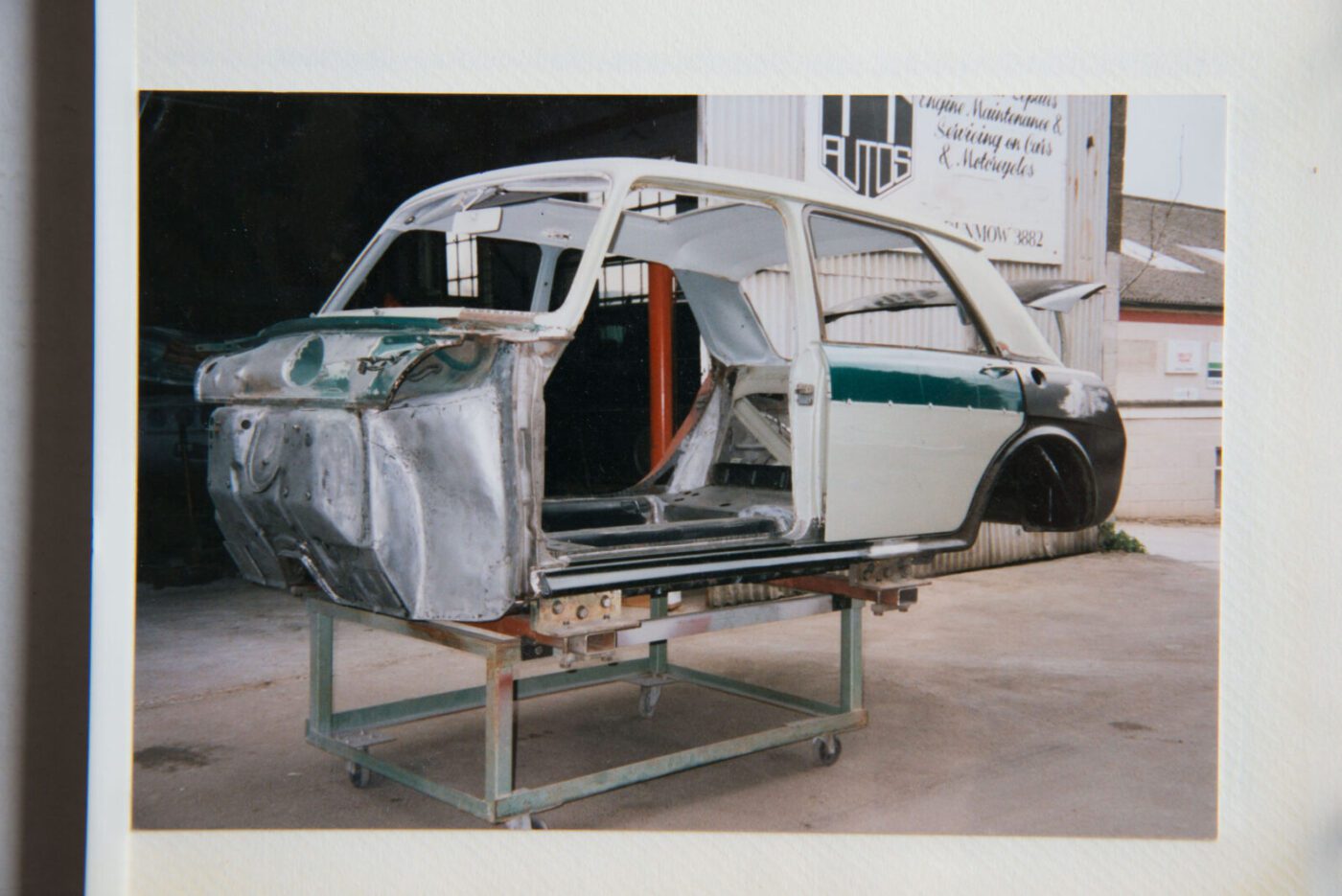
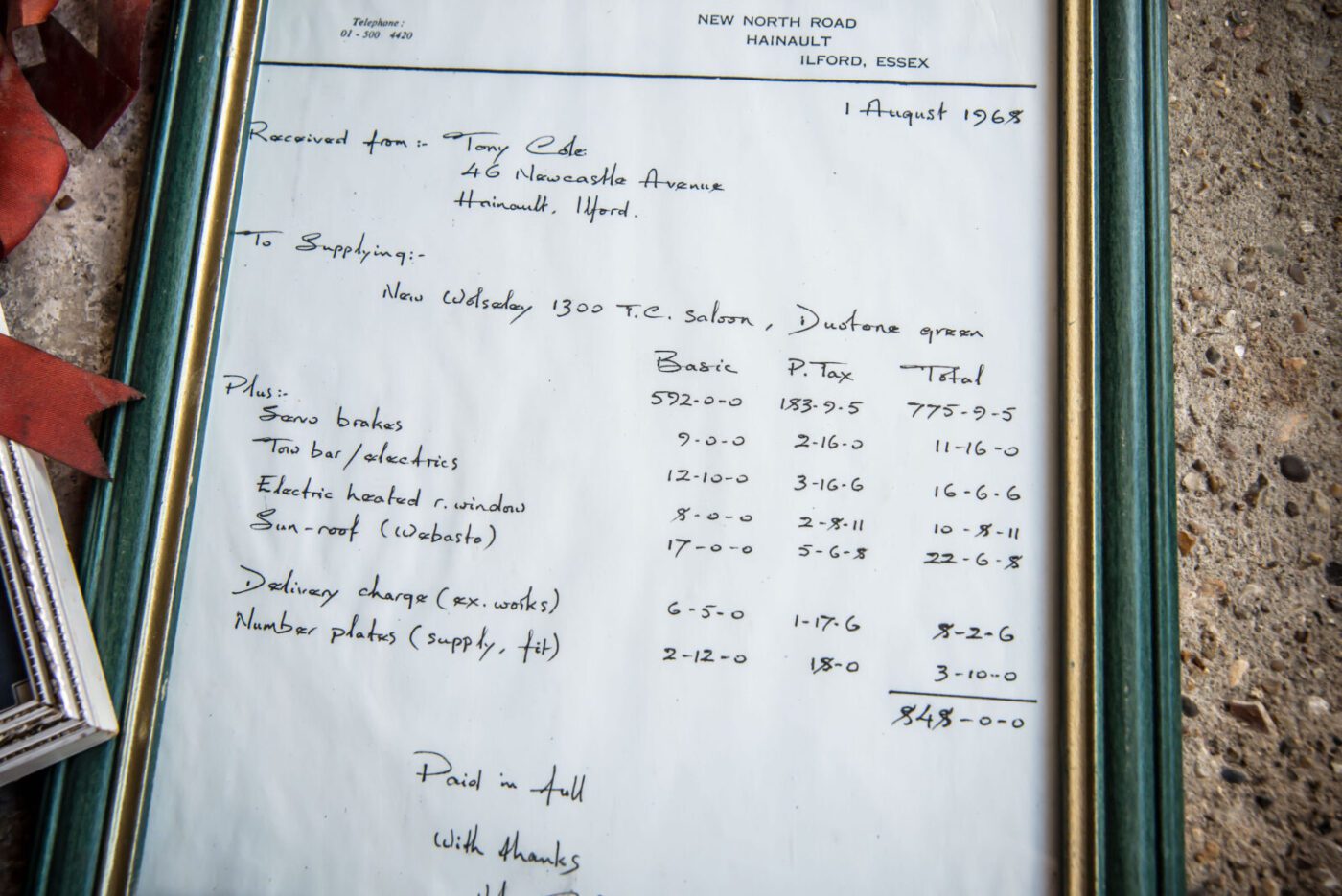
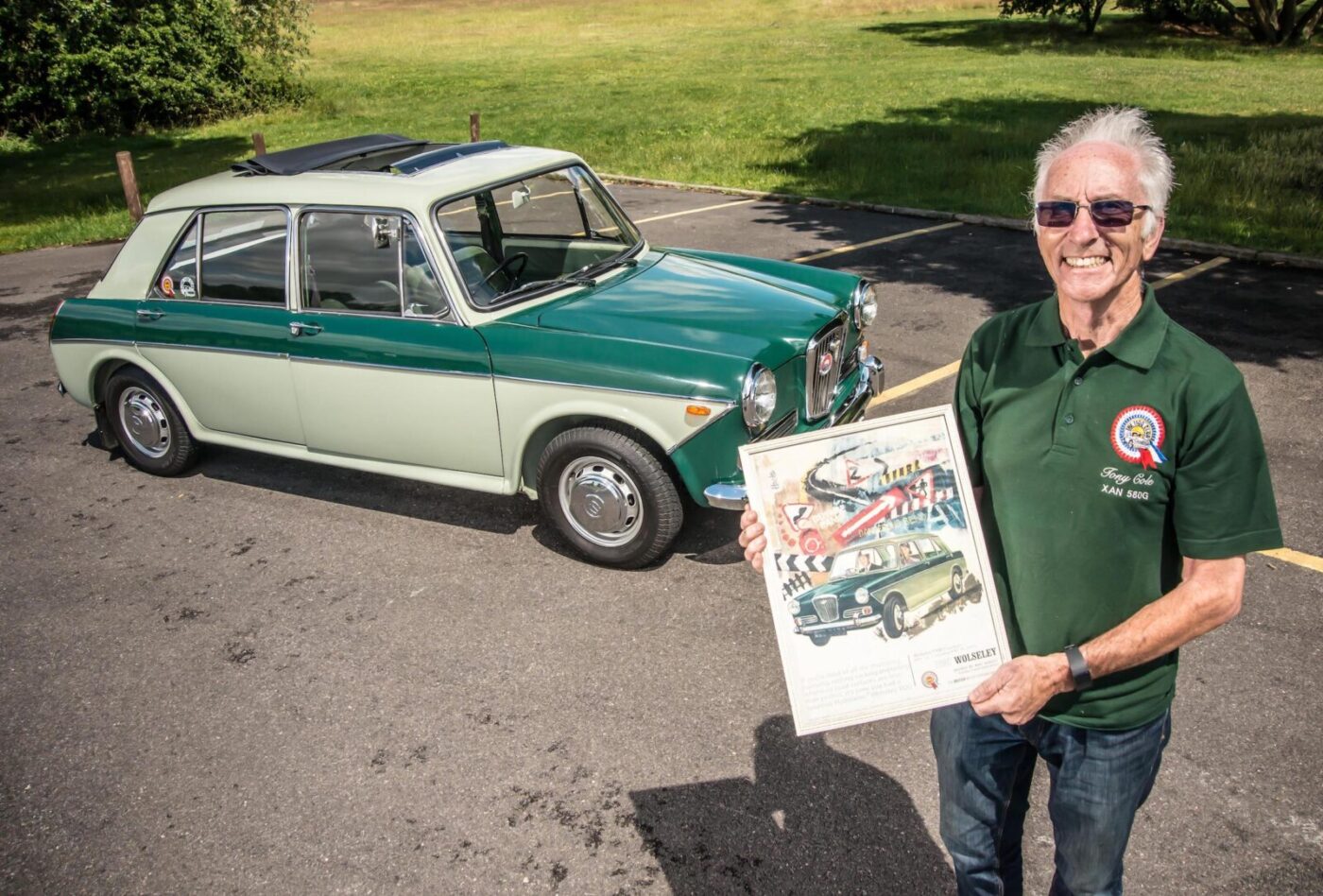
That was when I fell in love with them
“The foreman came up to me with a great big pile of books, a chest-sized box with tools to work on the 1100s and said ‘that’s your homework’. That was when I fell in love with them – they were so advanced.
“They were the first car of its type of have anti-lock brakes, they had rack and pinion steering, disc brakes, and the hydrolastic suspension.”
Tony wasn’t alone in being impressed; Autocar described the new car, styled by Pininfarina, as “one of the neatest and handsome small cars on the roads today”.
READ MORE ABOUT SOME OF OUR GREATEST CLASSIC CARS WITH

A series of articles on our Cult Classics site.
The magazine praised its “remarkable handling qualities”, while the hydrolastic suspension, which had sparked fears of explosions and breakdowns, “gives a ride almost unparalleled in certain respects by any but the most sophisticated conventional steel springs. Most roads appear to have acquired a sudden billiard table smoothness.”
The 1100/1300 in all its guises held the Ford Escort off the top of the best-selling table for five years.
“They kept updating the Escort, making it faster than the 1100s, but they still sold more,” says Tony.
But before he got his hands on a new Wolseley, Tony had three second-hand cars from crazily opposite ends of the motoring spectrum.
First was a Ford 100E, another car saved from the scrapheap: “The engine had run out of oil and seized up. I went out to get it from a breakdown and the bloke said I could have it because he was going to scrap it. I took the engine out, over-hauled it, put it back in and got it running.”
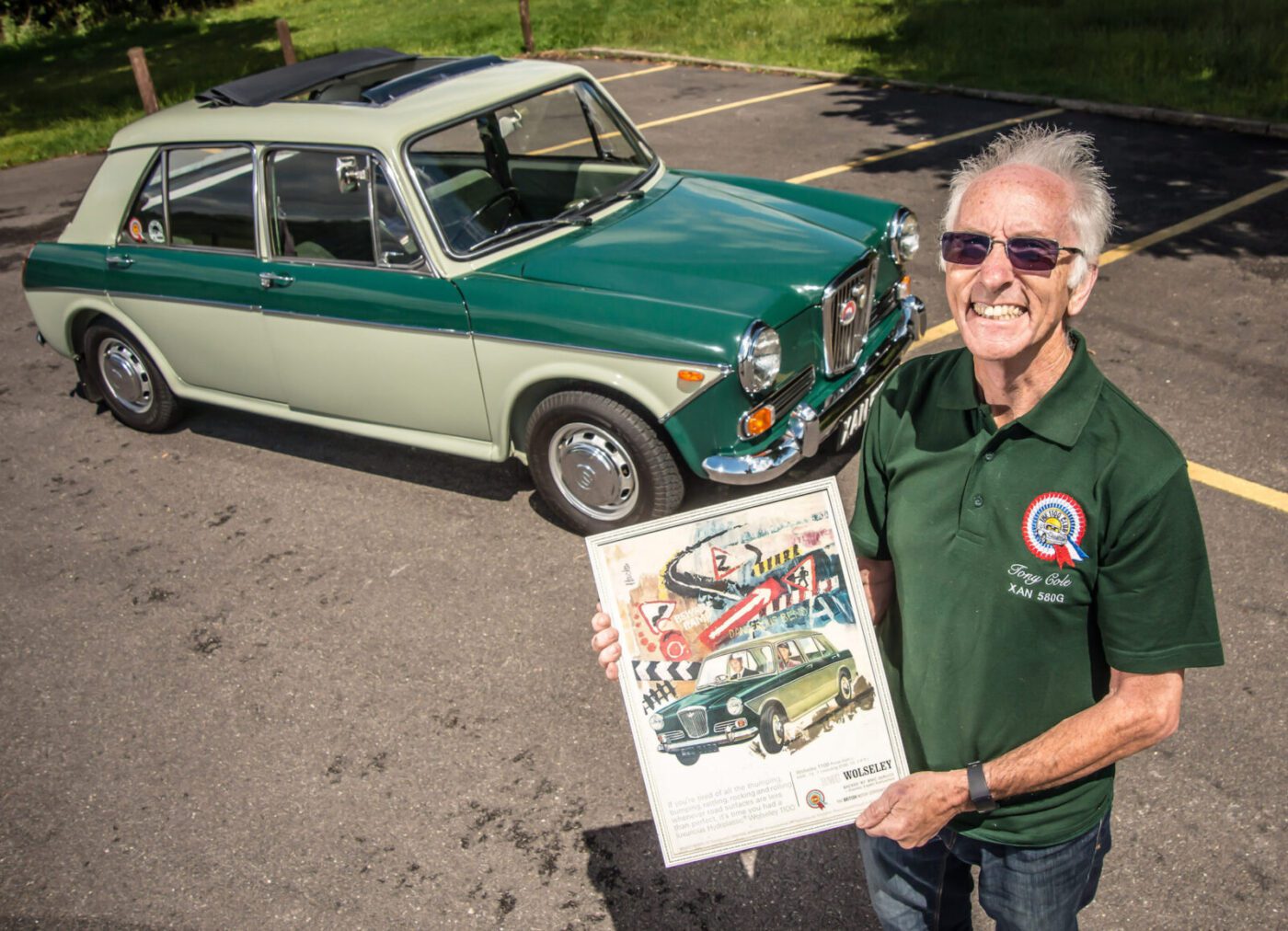
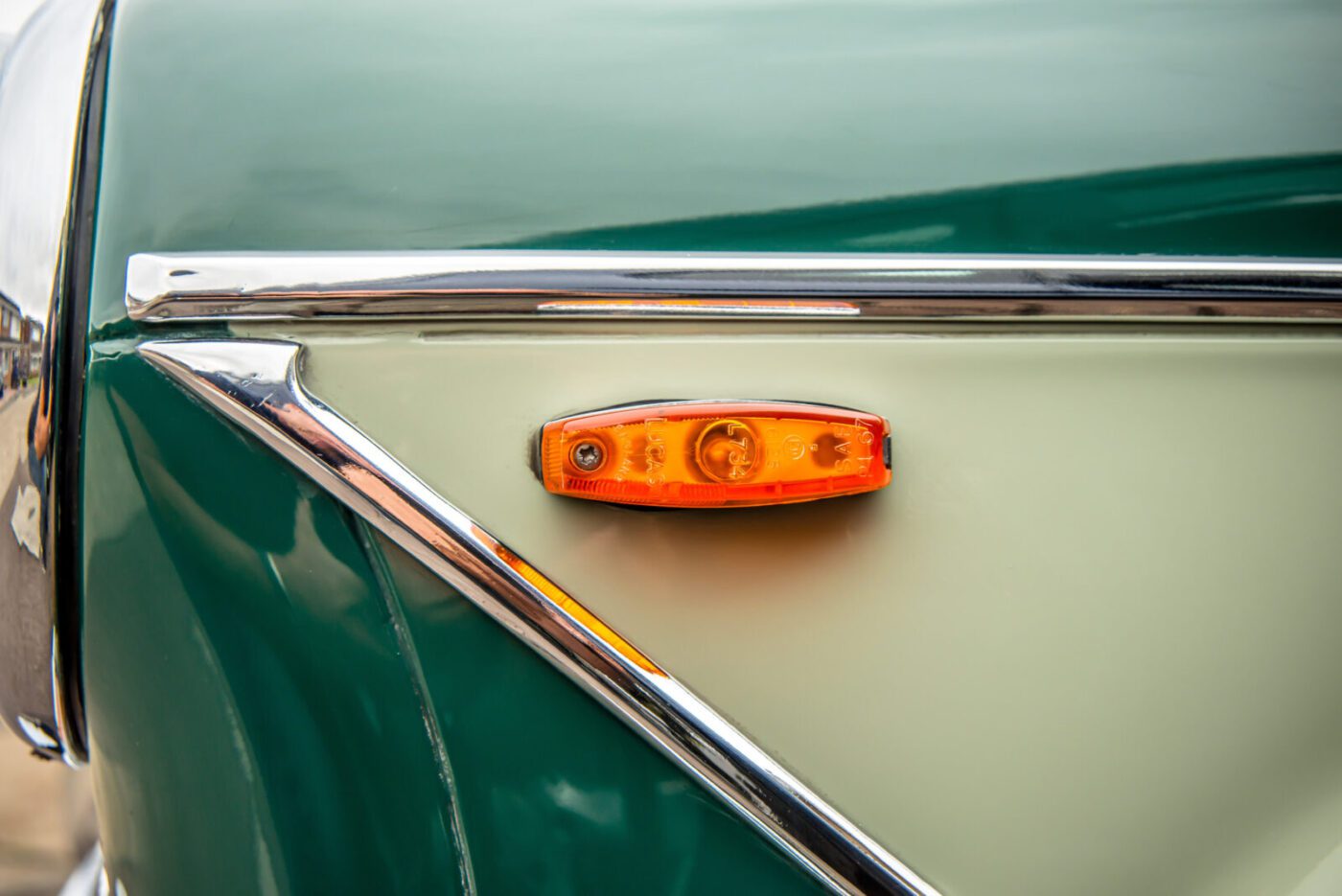
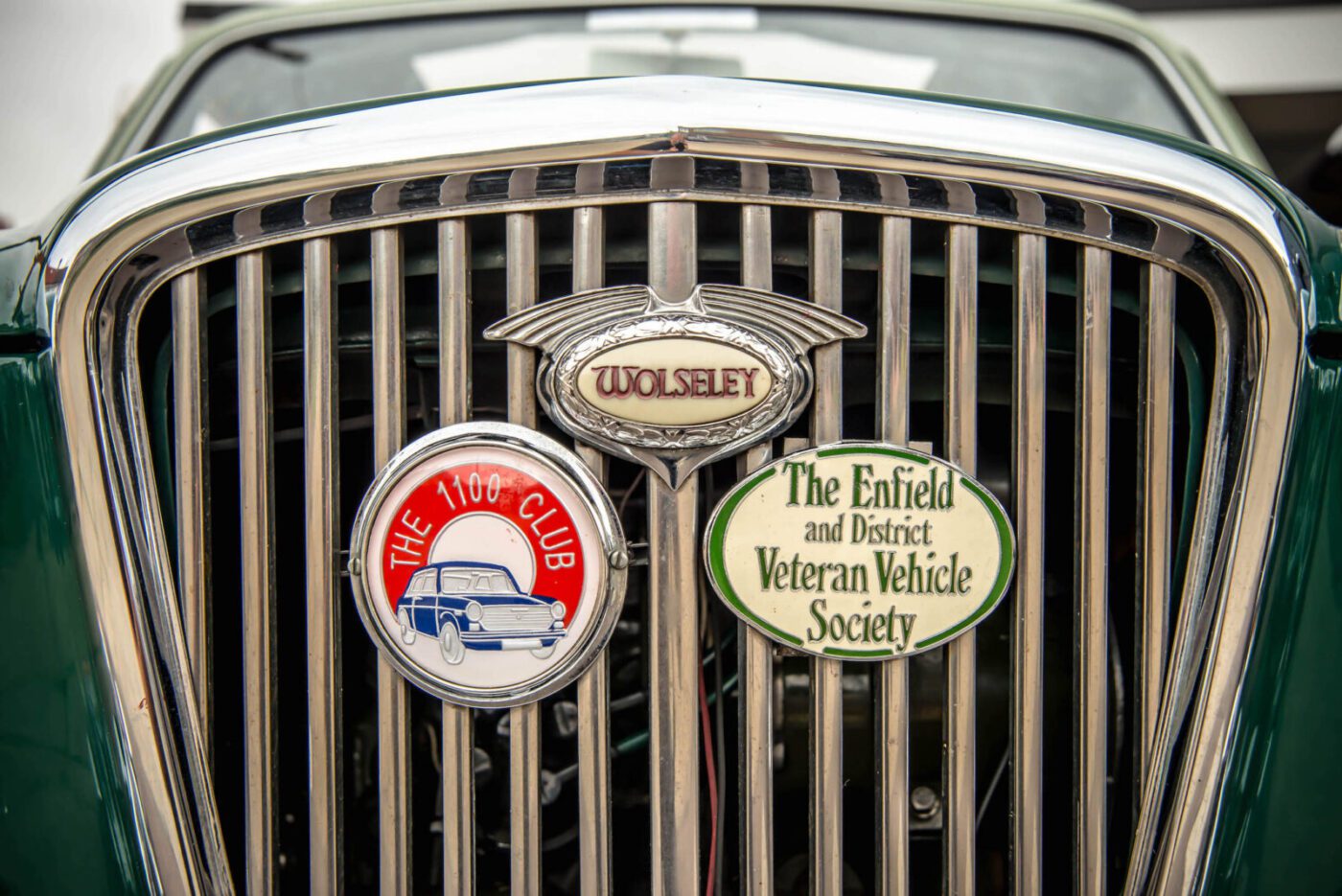
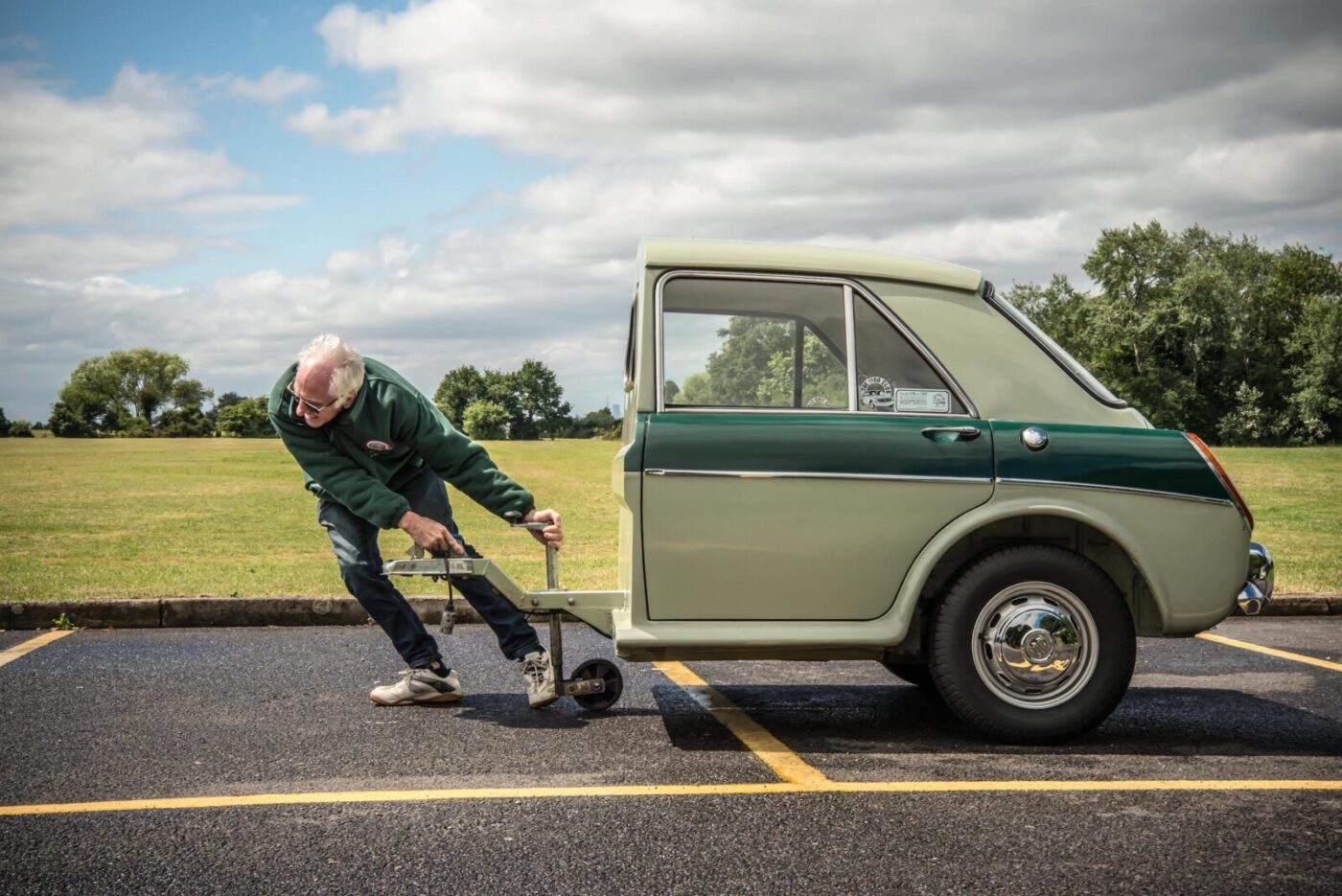
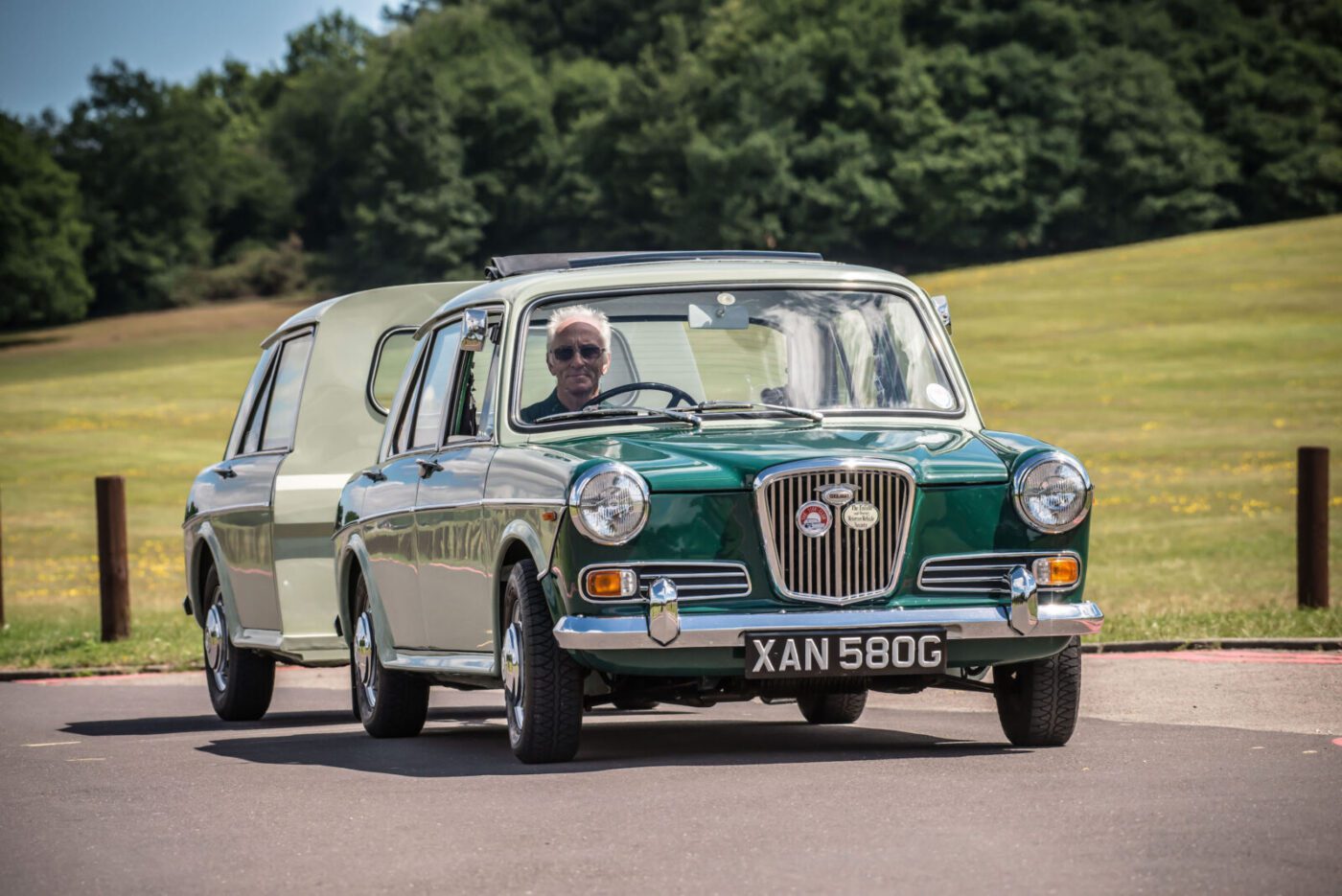
Scarcely believable European odyssey
Next came a Ford Anglia 105E, before fate intervened to hand a 21-year-old Tony a once-in-a-lifetime chance to own the must-have sports car of the 1960s – a Jaguar E-Type that was to give him and five friends a scarcely believable European odyssey.
“A doctor had bought it new and he phoned me up and asked if there was any way of making the seats higher because he had a bad back and couldn’t get in or out,” he says.
“He took it back to the dealer but he had gone over the 30 days for getting your money back. I made him a ridiculous offer to buy it. I thought ‘I can’t afford a brand new E-Type’ so offered him half price, but he said no.
“I left him my number and card. Six months later he phoned me back and said he couldn’t sell it. He was fed up with the timewasters. He said ‘I’ve had enough – I’ve ordered a new car – does that offer still stand?’
“I said yeah and went back and bought it for £1500 – I was working for £18 a week and it involved a loan from the garage I was working at. My brother was doing new car sales and he wangled a loan from them.”
What followed was five years that took in a remarkable, impromptu European tour and a stint as personal mechanic to England’s E-Type-owning World Cup stars of 1966.
Tony and five friends decided to take three sports cars, including his 3.8-litre, metallic blue E-Type, to watch the Le Mans 24-hour race south west of Paris. They only went for the weekend…
“We saw the race and decided we didn’t want to go home so decided to have a look at Europe,” he remembers.
“We went to France, Belgium, Germany, Austria, what was then Yugoslavia, Greece. We were sat on the front in Greece five weeks later – we only went away for the weekend! Someone said ‘has anyone got any money?’ We didn’t have any money for petrol so started looking for work, pea picking, working on farms etc.
“We’d then drive 250-300 miles until one of the cars ran out, get another job for fuel and kept going. We worked our way back and got back to England in December.
“We turned up at Dover and all six of us got arrested – none of us had been in touch with our parents and they’d listed us as missing. I was working and had told my boss I was having a fortnight’s holiday and off we went – none of us spoke foreign languages or had any money and of course there were no mobile phones.



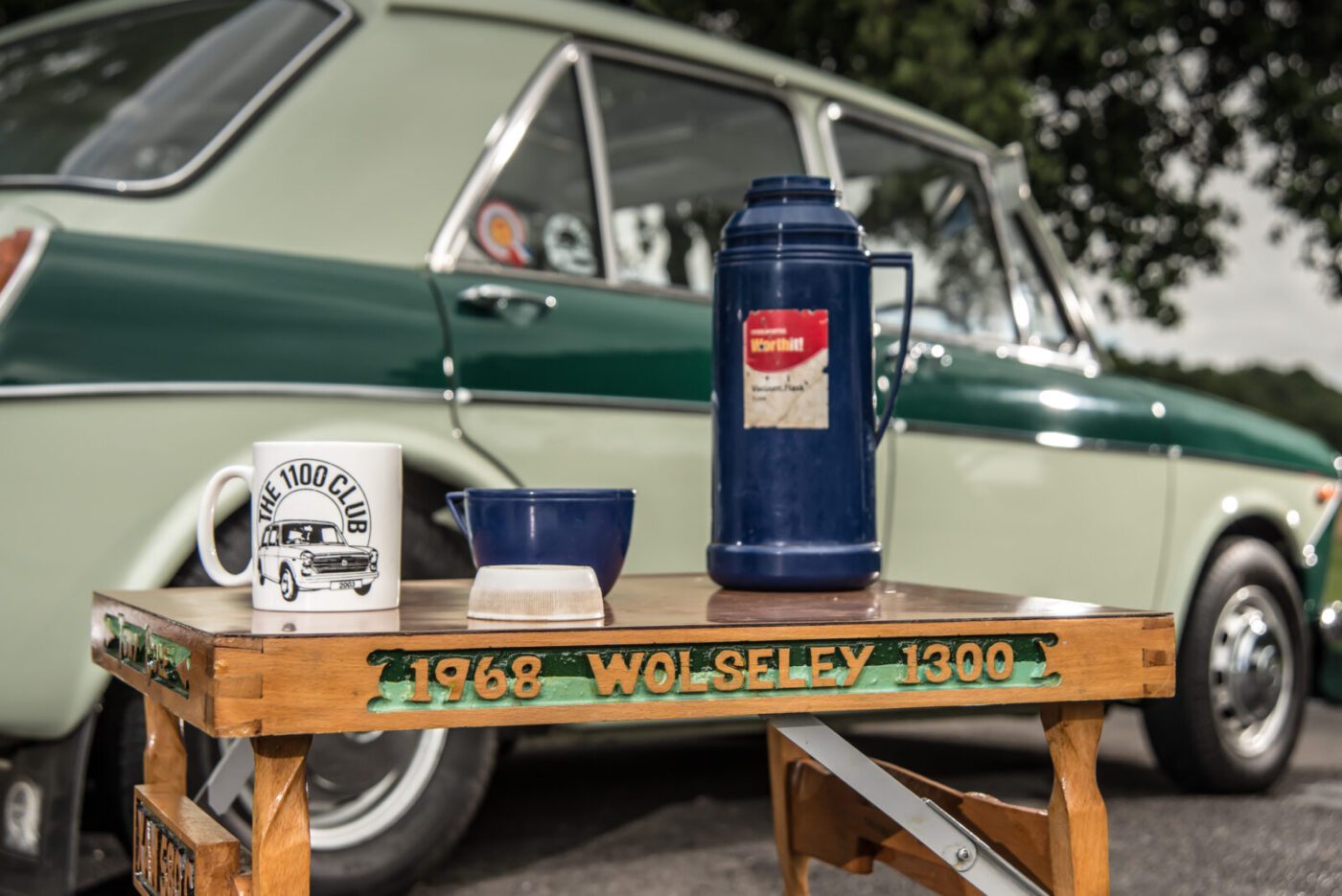
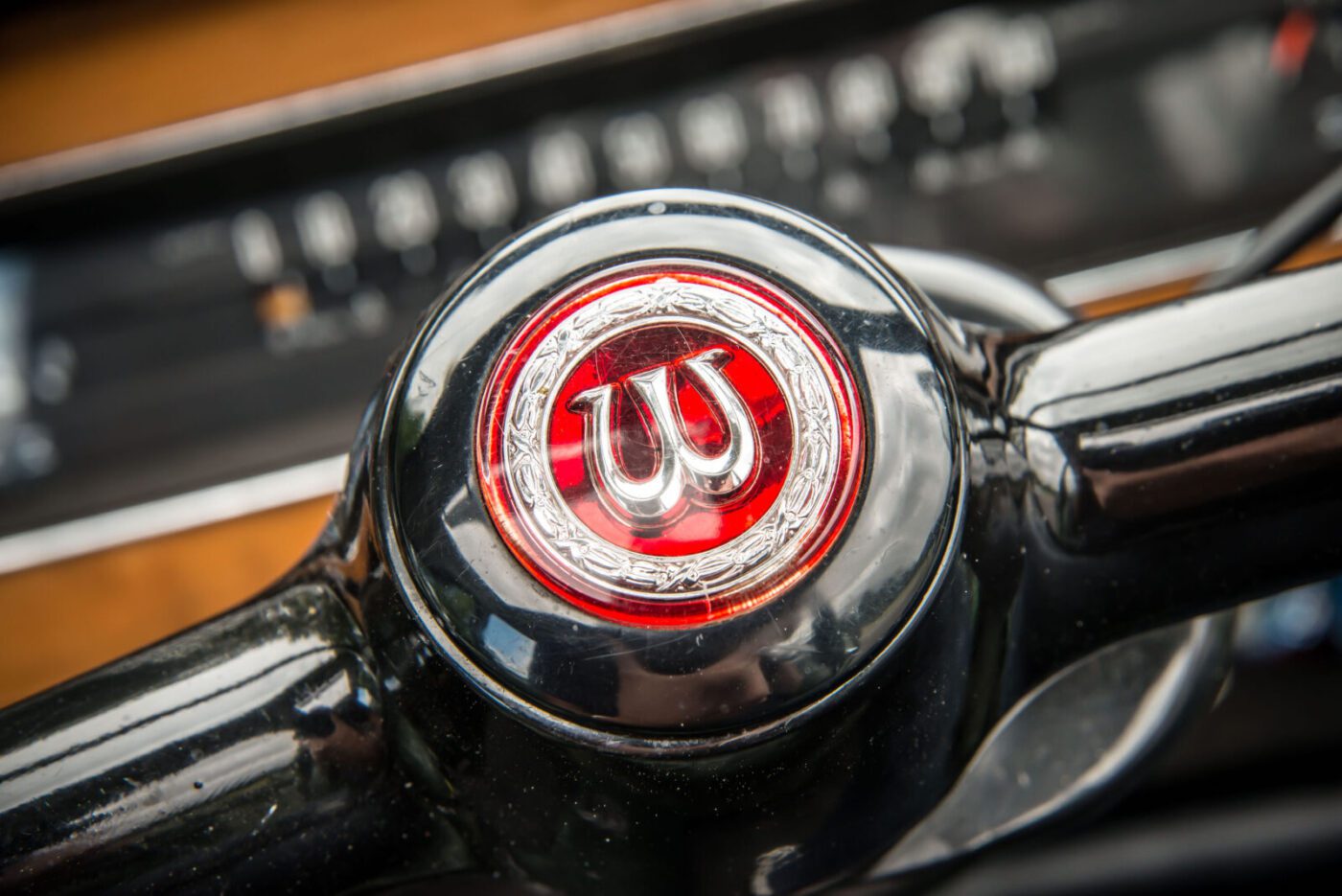

I got a good larruping when I got home
“I said ‘we haven’t done anything wrong, just went on holiday for a week and six months later here we are trying to get home for Christmas’.
“I got a good larruping when I got home. And, after a of grovelling, I kept my job. It was a laugh, some of the things that happened I can still remember now.”
Tony’s E-Type adventures took another twist when he was approached by some of England’s World Cup winners, several of whom lived locally and needed someone to properly tune the car’s troublesome carburettors.
“Footballers always wanted the E-Types so I got in with the football team. They could not get theirs maintained properly and they were looking for someone who knew how to tune them, so I went on a course to learn,” says Tony.
“They had three carbs and four adjustment screws on each one. No-one knew how to do them, including the Jaguar dealers. At least seven or eight players had E-Types and they knew a lot of other celebrities I worked with too, like Dusty Springfield who lived in the Chigwell area.”
In 1968, however, real life intervened and, with a wedding in the offing, Tony needed cash to help pay for a home of his own and the E-Type had to go.
“I needed the money to put down on the house that I’m still in now. Half went to the house, and half went to buy the Wolseley,” he says.






Not that its purchase was a straightforward affair.
“One of things I loved on the Jaguar was the smell of leather and I thought ‘I will always buy myself a car with leather seats in’,” adds Tony.
“My brother said he could get them in the Wolseley as standard, and it was more expensive to get them in the Morris as an extra, so I ordered a Wolseley 1100 with a seven-eight week waiting list.
“After about six weeks my brother called me and I thought – it’s come already? But he said ‘I’ve just cancelled it and bought one with the 1300 optional engine for only £60 more’. So I had to wait another six weeks for that. He then cancelled that and ordered one with two-tone green paint and twin carbs.
READ MORE ABOUT SOME OF OUR GREATEST CLASSIC CARS WITH

A series of articles on our Cult Classics site.
It’s very rare, which is one of the reasons I hung on to it
“I finally got the car in July 1968, and waited for August 1 to register it as a G reg. It’s very rare, which is one of the reasons I hung on to it. They only made a few hundred and I only know of two in England.”
The new car was almost immediately put to work as Tony hit the road as an AA patrol man.
“As a mechanic, if you had City and Guilds and an MoT tester’s certificate, you could sub for the AA. I had a trailer full of tools, I’d work 9 to 5, clock off, have something to eat in my car and go off and work for the AA,” says Tony.






“Most of the time in those days you could repair cars by the road, probably 9 out of 10 – it wasn’t about plugging them into computers. We got a percentage of the work we did.
“The disadvantage was the mileage I was clocking up – I was doing 20,000 miles a year, and after five years it had done 113,000, so I decided to get a van for work and use the car as my everyday vehicle.
“I used it like that until it was 22 years old and it had done another 100,000 miles.”
Then came the eight-year rebuild, with the Wolseley stripped down and all the little, convenient extras Tony had added over the years removed to take the car back to its original specification.
81.5% of customers could get a cheaper quote over the phone
Protect your car with tailor-made classic car insurance, including agreed value cover and discounts for limited mileage and owners club discounts

It was like getting the new car back again
“I took off the fog lights, reversing lights, wing mirrors etc. It looked brand new and I had a flashback to when I first got it – it was like getting the new car back again. I even changed the number plates back from yellow to the black and white pressed aluminium,” says Tony.
“I also fitted an economy cam I’d had in my garage for years. I saw a kit advertised that said for £20 you can get 44mpg in an 1100.
“I sent off my £20, opened up the packet and there was a camshaft in it. That’s the engine and gearbox out, so I left it. But when I rebuilt it I thought I might as well put it in, and it now does more than 44mpg as opposed to 32. It’s a bit slower from 0-60 but I don’t drive it fast anyway.”






The car no longer tows an AA trailer, or a caravan. Instead, it often pulls its own mirror image after Tony found an 1100 he couldn’t rescue – so turned the rear end into a Wolseley trailer.
“I got a 1964 car that had been written off. I stripped all the inside out, cut it in half and made a trailer out of it. It’s still got the two back doors. I changed all the trim so it matched my car. People think ‘am I seeing double?’ I think it’s the only Wolseley 1100 trailer there is.”
Now the car that had such a busy life for more than 20 years lives in the slow lane, as befits a veteran approaching its 50th birthday.
“It spends the winter in the garage now under a Carcoon, and I take it to two shows a month. I’ve done 28,000 to 30,000 miles in the last 20 years. It has an easy life now, and never goes over 55mph, just hums along. She runs perfect, starts up first time and away she goes.”
Over the years, Tony has had plenty of offers to sell the car, but none he has ever seriously contemplated.
READ MORE ABOUT SOME OF OUR GREATEST CLASSIC CARS WITH

A series of articles on our Cult Classics site.
It would be like chopping an arm off
“I could sell it tomorrow, price no object, but it’s not for sale. I’ve had it from new, 50 years out of my life, it would be like chopping an arm off. I could not imagine life without it,” says Tony.
“People have offered me open cheques for it. I was offered £15,000 only eight weeks ago. It’s not worth that, but it is to me.
“I’ve been married twice and the car was used by both wives and two daughters. The kids have all grown up with it and the car’s been there all the time. It’s got so many memories and I could never sell it. If I did sell it I would just buy another 1100, but it would not be the same.”
And neither would Tony’s life without the car that’s been there for every major milestone over a memorable five decades.




